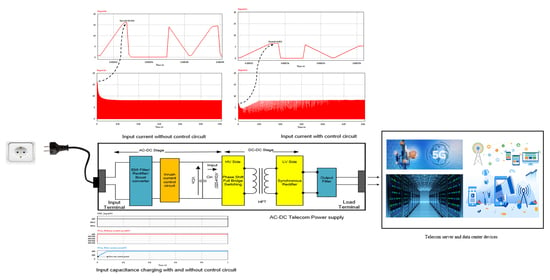Inrush Current Control of High Power Density DC–DC Converter
Abstract
Share and Cite
Okilly, A.H.; Kim, N.; Baek, J. Inrush Current Control of High Power Density DC–DC Converter. Energies 2020, 13, 4301. https://doi.org/10.3390/en13174301
Okilly AH, Kim N, Baek J. Inrush Current Control of High Power Density DC–DC Converter. Energies. 2020; 13(17):4301. https://doi.org/10.3390/en13174301
Chicago/Turabian StyleOkilly, Ahmed H., Namhun Kim, and Jeihoon Baek. 2020. "Inrush Current Control of High Power Density DC–DC Converter" Energies 13, no. 17: 4301. https://doi.org/10.3390/en13174301
APA StyleOkilly, A. H., Kim, N., & Baek, J. (2020). Inrush Current Control of High Power Density DC–DC Converter. Energies, 13(17), 4301. https://doi.org/10.3390/en13174301







